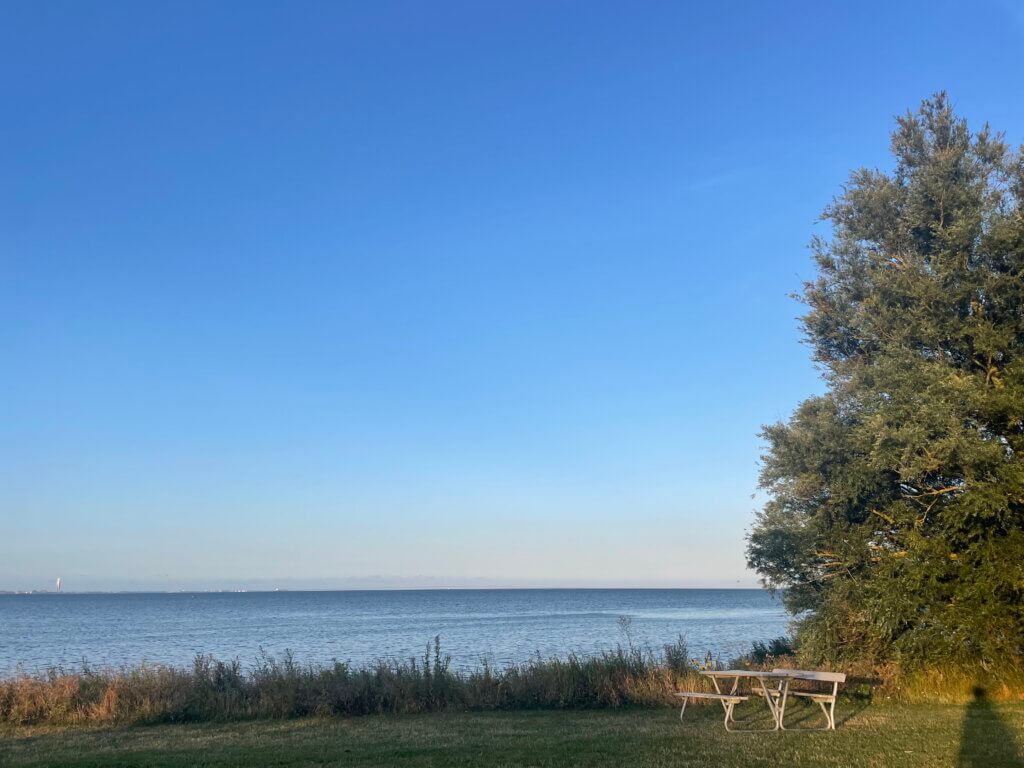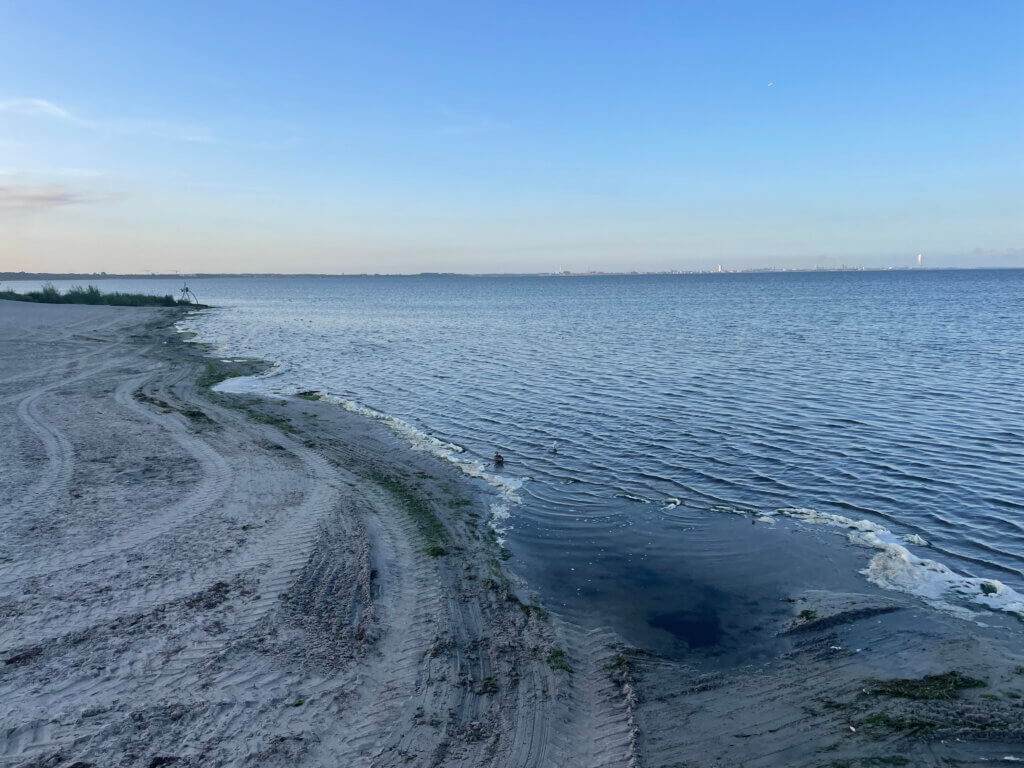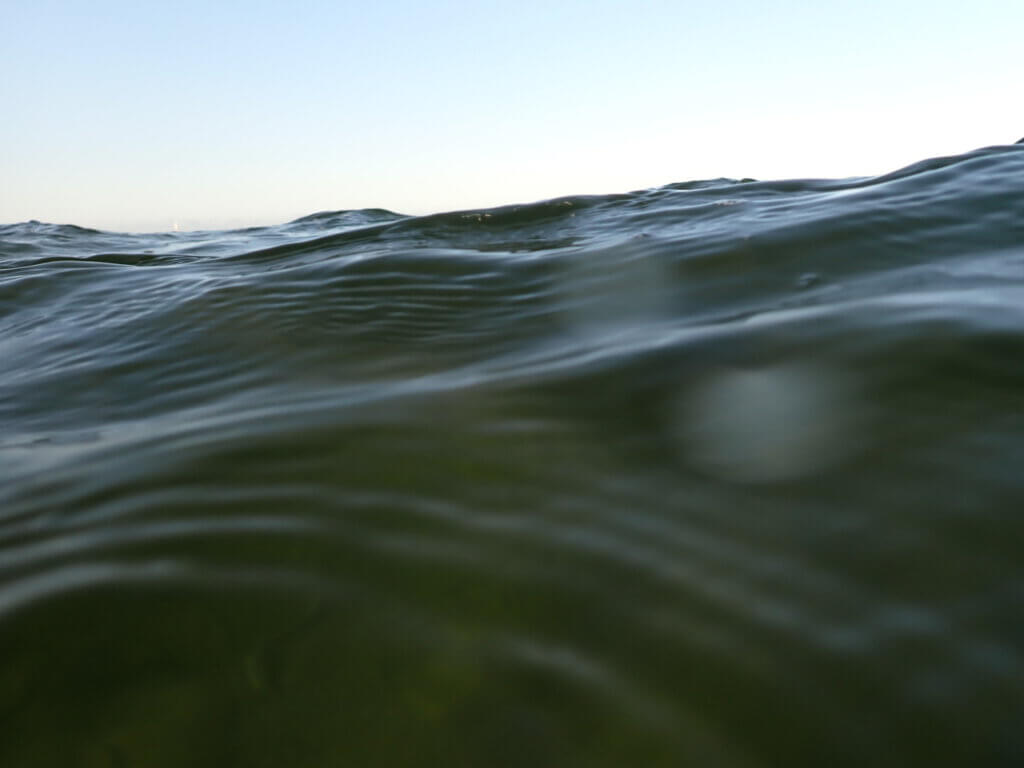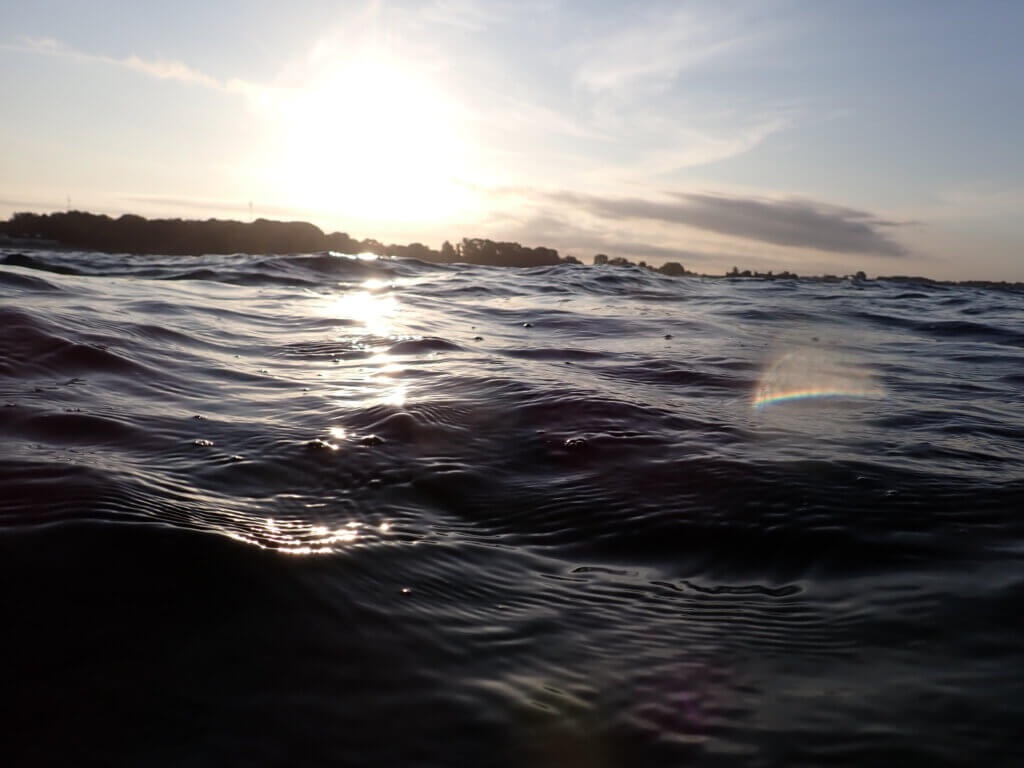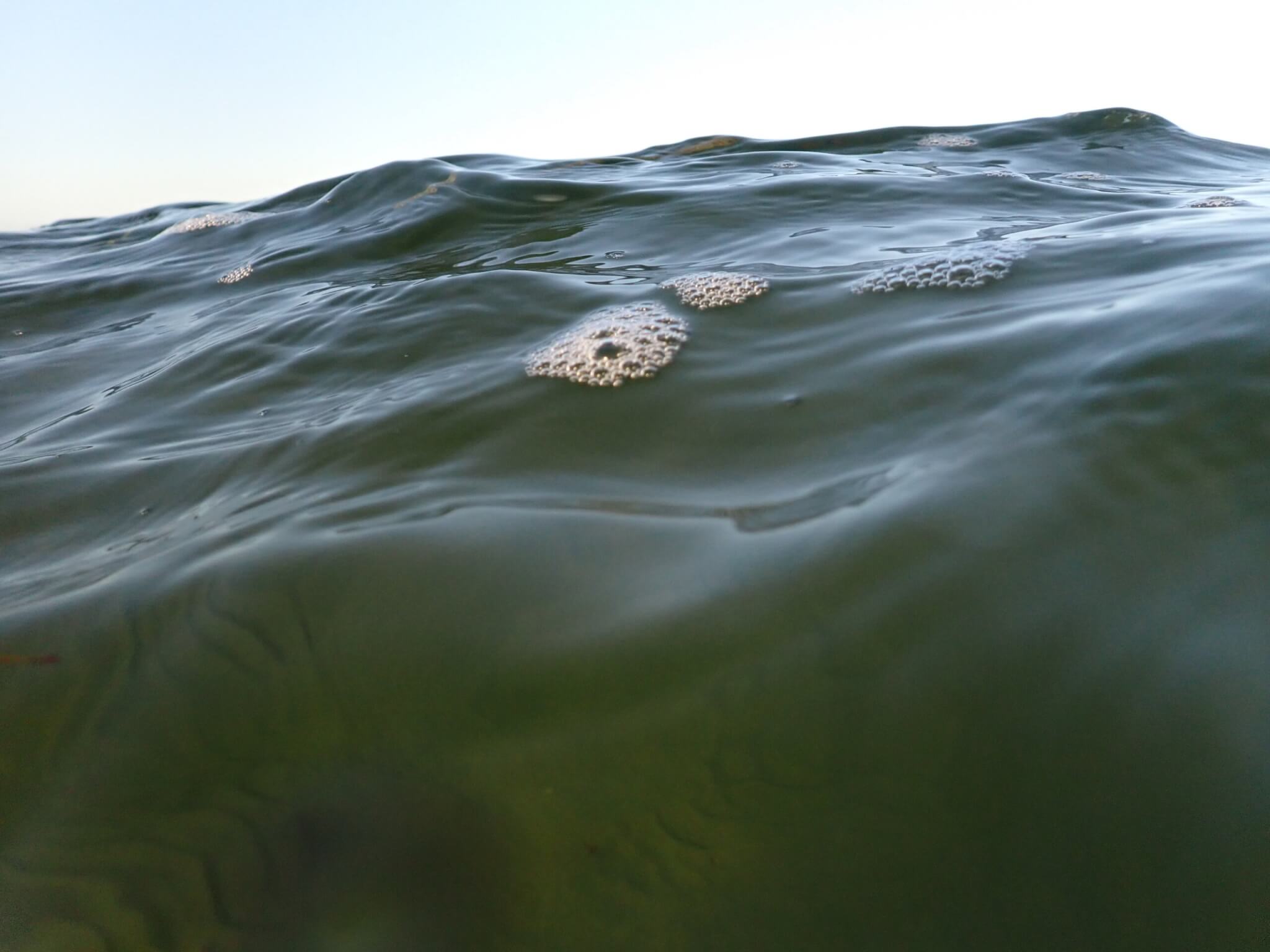
Currently reading Lopes & Galleli (2025) on the “Pendulum effect: how formal structures and hidden curriculum act in higher education institutions’ contribution to sustainable development?”
Lopes & Galleli (2025) look at how what happens at universities is influenced both formal structures (policy documents, …) and the hidden curriculum (informal and implicit messaging about what is socially accepted in the context, for example through jokes). They investigated a document analysis and conducted interviews with professors and students at universities in Brazil. They identify both drivers and barriers to how those universities work towards sustainability:
The main driver in both formal structures, the hidden curriculum, and teacher and student perception is “normative institutionalisation” (e.g. policies with deadlines for implementation). Other hidden curriculum drivers include “conscientisation” and “professor autonomy“, both of which are also strong in teacher and student perception.
The main barriers in formal structures are a lack of norms (where it is perceived as not clear enough how for example SDGs relate to other frameworks), lack of interest and demoralisation (feeling that it is only greenwashing anyway; the last two themes are also by far the largest barrier in the hidden curriculum, and in teacher and student perception), curriculum orientation, and cultural inertia (second largest in hidden curriculum, and in teacher and student perception).
Overall, while normative institutionalisation is a strong driver, there are many different barriers that need to be overcome — including, ironically, normative institutionalisation, that can be perceived as just greenwashing, or not applied enough to be helpful. The university’s action towards sustainable development is illustrated as a pendulum, swinging back and forth in a dynamic balance of drivers and barriers.
Even though this study is done in a very different context from mine, I find the pendulum analogy very interesting and helpful in the sense that it is a good reminder that there are, and will always be, restoring forces at work, no matter how much effort is put into drivers; whether in a formal, institutionalised way, or through attempts to change the culture and the way people talk about integrating sustainability in their teaching. It might be helpful to anticipate those as just a normal reaction of the system so that if they build up to be a barrier, it isn’t too surprising and frustrating, but rather expected and ideally planned for…
Lopes, G., & Galleli, B. (2025). Pendulum effect: how formal structures and hidden curriculum act in higher education institutions’ contribution to sustainable development?. International Journal of Sustainability in Higher Education.
First dip in a long time! We’ll see tomorrow if it was too early… But it made me so happy, even though I had to take a nap when I got home!
And I got to do some wave watching! So nice to see this little bay and how there are only two spots that let waves propagate into it, spreading as these nice arcs!
And then I fiiiiinally went back into the sea! I missed the water so much!
Waves are the best!
And the sunrise is noticeably getting later and later, soon I need to do my morning swims later in the day so the sun is up already…
